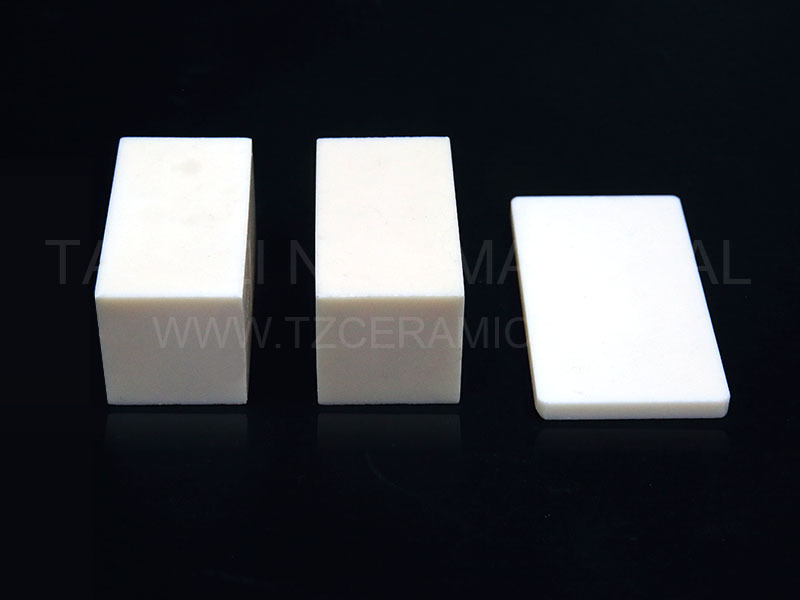
What are the methods for forming alumina ceramics?
Summary: Alumina ceramics are a general term for ceramic products made from mainly sintered alumina as raw materials. They are classified into a series of types such as 75 porcelain, 85 porcelain, 90 porcelain, 95 porcelain, and 99 porcelain, depending on the alumina content. The main raw material, calcined alumina, is primarily produced by calcining industrial alumina, aluminum hydroxide, or bauxite at temperatures between 1300-1500℃.
What are the methods for forming alumina ceramics?
Alumina ceramics are widely used in many industries of the national economy due to their excellent performance. Alumina ceramics refer to ceramic products made primarily from sintered alumina, which are classified into a series based on the alumina content, such as 75 porcelain, 85 porcelain, 90 porcelain, 95 porcelain, and 99 porcelain. The main raw material, calcined alumina, is produced by calcining industrial alumina, aluminum hydroxide, or bauxite at temperatures between 1300-1500℃.
The raw material processing methods for alumina ceramics mainly include dry and wet methods. The dry method primarily uses a ball mill for dry grinding, while the wet method mainly involves wet grinding through a ball mill, stirred mill, and sand mill.
There are many methods for forming alumina ceramics, but the most important ones are: slip casting, hot pressing, film rolling, dry pressing, isostatic pressing, tape casting, injection molding, and gel casting. Different forming methods correspond to different processes.
The raw material processing methods for hot pressing and film rolling are mainly dry grinding, while the raw material processing methods for slip casting, dry pressing, and isostatic pressing are mainly wet grinding. For forming methods like hot pressing, film rolling, and gel casting, organic materials must also be mixed into the processed powder. The powder for dry pressing and isostatic pressing must undergo granulation after wet grinding. Current granulation equipment mainly includes pressure spray drying towers and centrifugal spray drying towers.
Different forming methods use different molds. The slip casting method uses gypsum molds, while the molds for hot pressing and dry pressing are made of metal. Isostatic pressing primarily uses rubber molds. The various forming methods mentioned above have different principles and processes, thus having different characteristics, each with its own advantages and disadvantages. The choice of ceramic forming method should be comprehensively determined based on the performance requirements, shape, size, yield, and economic benefits of the product. Slip casting uses inexpensive gypsum molds, with simple equipment and low costs, making it suitable for the manufacture of complex-shaped ceramic components and large-sized ceramic products.
Dry pressing can form complex-shaped ceramic products with high dimensional accuracy, requiring almost no subsequent processing, making it the main forming process for producing irregular ceramic products; it is particularly suitable for the preparation of ceramic products with small cross-sectional thicknesses, such as ceramic sealing rings, ceramic water valve discs, ceramic liners, and ceramic inner linings.
The formed green body is dried or degreased before being placed in a kiln for sintering. A corresponding sintering regime is established based on the alumina content; theoretically, the higher the alumina content, the higher the required sintering temperature. The sintering equipment mainly includes push plate kilns, tunnel kilns, roller kilns, shuttle kilns, and bell kilns.
The sintered alumina ceramic products are cleaned and sorted. Those with low requirements for dimensional tolerance and surface roughness can be directly packaged, while those with high requirements for these two indicators must undergo grinding and polishing.
Online message
* Note: Please be sure to fill in the information accurately and keep the communication unblocked, we will get in touch with you as soon as possible








